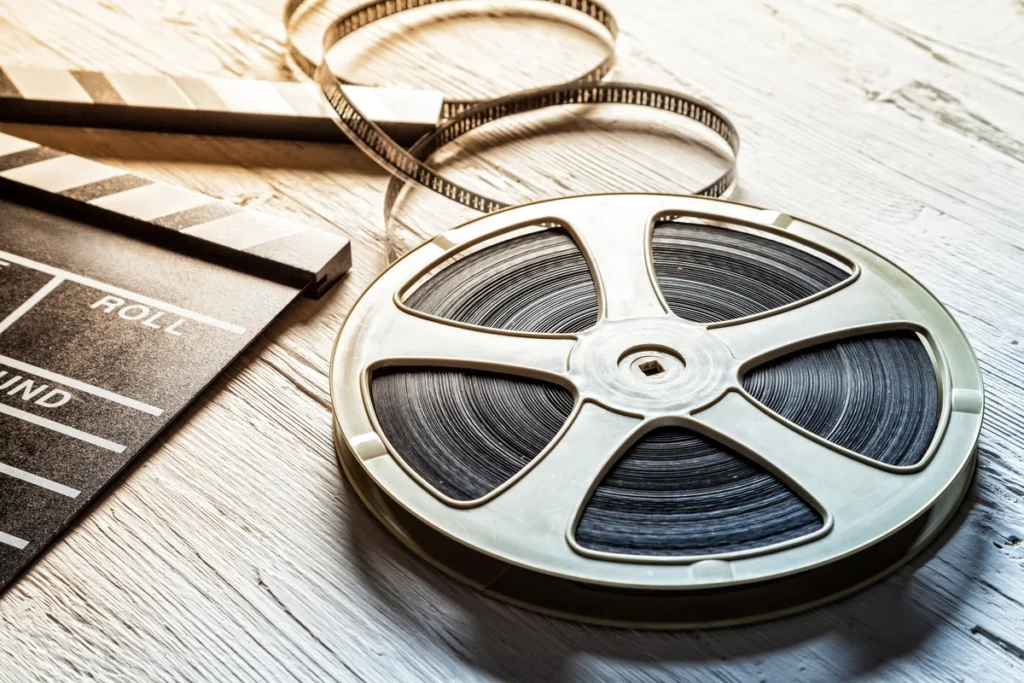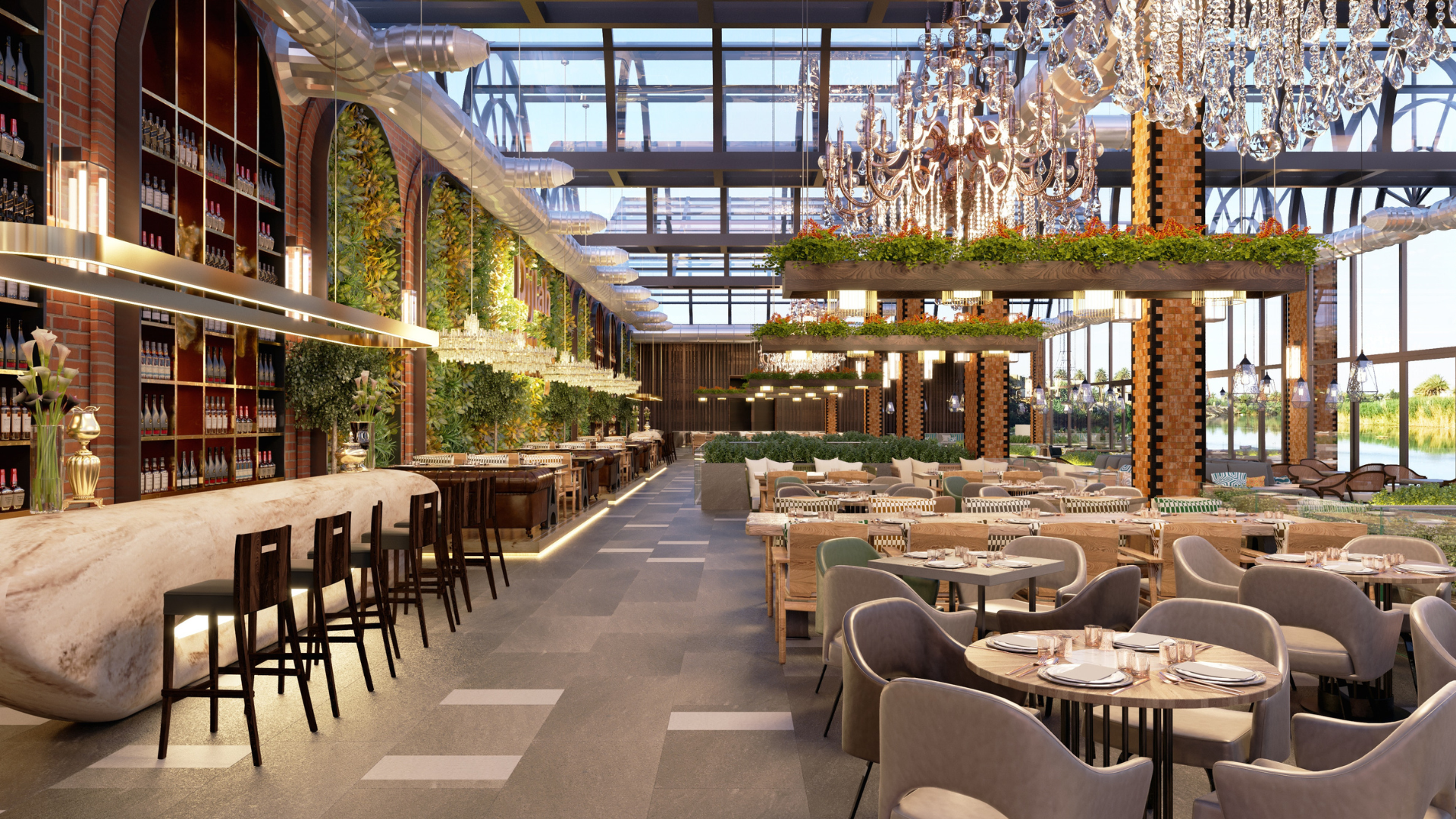Unlocking the Secrets of Casablanca’s Stunning Cinematography for Aspiring Professionals
Casablanca, the 1942 classic film directed by Michael Curtiz, is a masterpiece of cinema that has stood the test of time. It is a romantic drama set in the backdrop of World War II, featuring an ensemble cast led by Humphrey Bogart and Ingrid Bergman. The film’s cinematography is still hailed as one of the greatest achievements in the history of cinema. In this article, we will take a closer look at the secrets of Casablanca’s stunning cinematography and what aspiring professionals can learn from it.
Understanding the Cinematography of Casablanca
Casablanca’s cinematography is a perfect example of how lighting, camera angles, and framing can create a mood and enhance the storytelling. The film’s cinematographer, Arthur Edeson, used a combination of high-key and low-key lighting to create a chiaroscuro effect that added depth and drama to the scenes. For example, the flashback scenes between Rick and Ilsa are bathed in soft, romantic lighting, while the scenes in the nightclub are filled with shadows and high contrast lighting.
Edeson also used a variety of camera angles and framing techniques to create a sense of intimacy and tension. The famous “We’ll always have Paris” scene, where Rick and Ilsa say goodbye to each other, is shot in close-up, with the camera lingering on their faces as they express their emotions. The final scene, where Rick and Louis walk into the fog, is shot from a low angle, which emphasizes their heroic stature.
Another notable aspect of Casablanca’s cinematography is the use of deep focus, which allows all the elements of the scene to be in sharp focus. This technique is used in the scene where Rick and Ilsa are sitting in the café, and the German officers walk in. The deep focus allows us to see the reactions of all the characters in the scene, adding to the tension and drama.
Lessons for Aspiring Professionals
Aspiring professionals in the film industry can learn a lot from the cinematography of Casablanca. Here are some key takeaways:
- Lighting is key: The right lighting can set the mood and enhance the storytelling. Aspiring cinematographers should learn how to use different types of lighting to create different effects.
- Camera angles and framing matter: The way a scene is shot can create a sense of intimacy, tension, or drama. Aspiring cinematographers should experiment with different camera angles and framing techniques to find the best way to tell the story.
- Deep focus can be powerful: Deep focus allows all the elements of the scene to be in sharp focus, creating a sense of depth and realism. Aspiring cinematographers should learn how to use deep focus to their advantage.
- Study the classics: Casablanca is a classic film that still resonates with audiences today. Aspiring professionals should study the classics to learn from the techniques and styles used by the masters of cinema.
Conclusion
In conclusion, Casablanca’s cinematography is a testament to the power of visual storytelling. Aspiring professionals in the film industry can learn a lot from the techniques used by Arthur Edeson to create a mood and enhance the storytelling. If you’re interested in pursuing a career in the film industry, consider taking the NYU Film and TV Industry Essentials online course and certificate program offered by Yellowbrick. This program covers all aspects of the film and TV industry, from writing and directing to cinematography and post-production. With the right education and training, you can become a master of the craft and create your own cinematic masterpiece.




